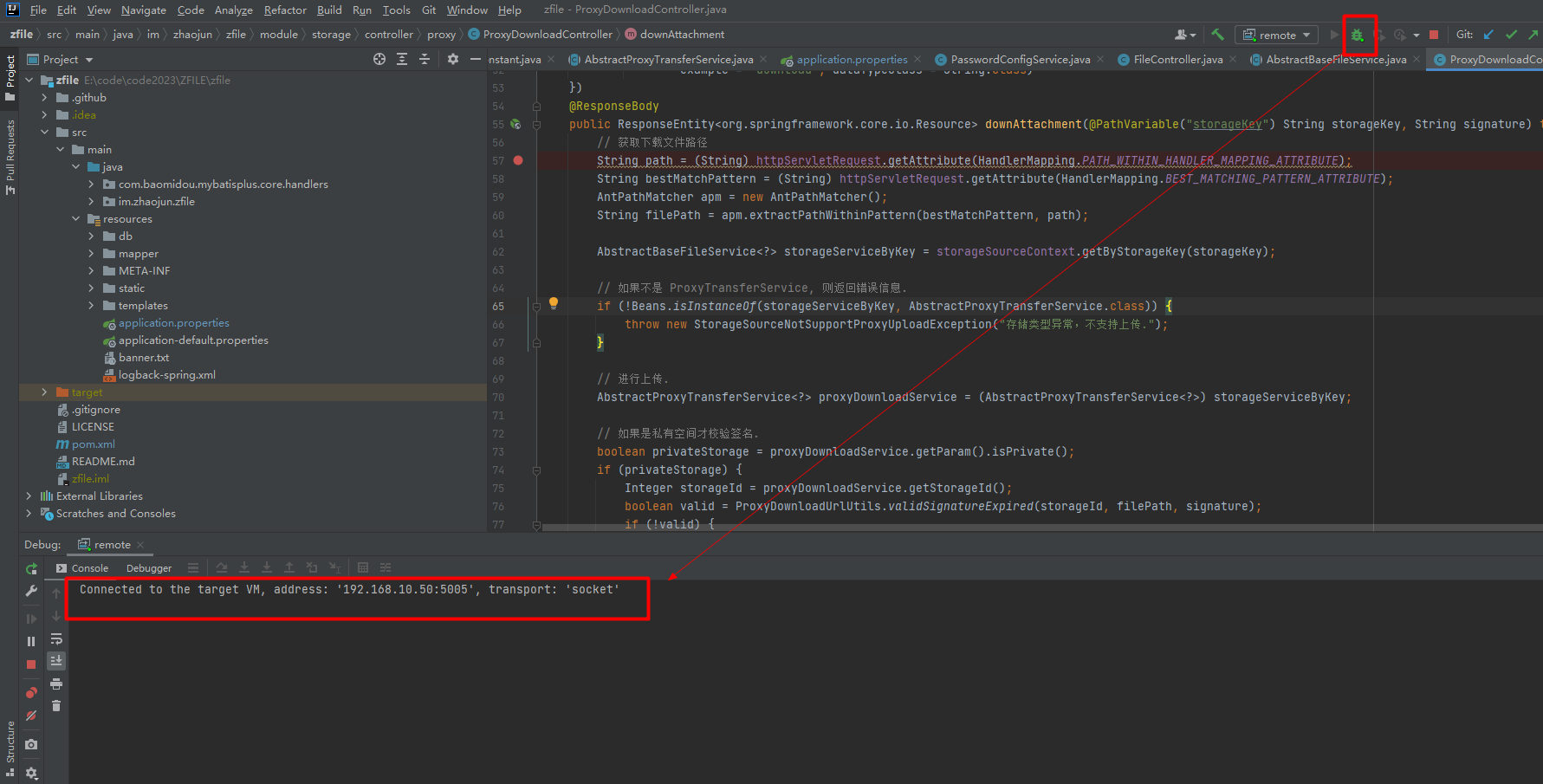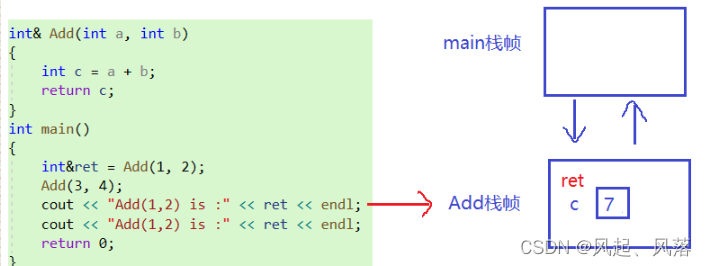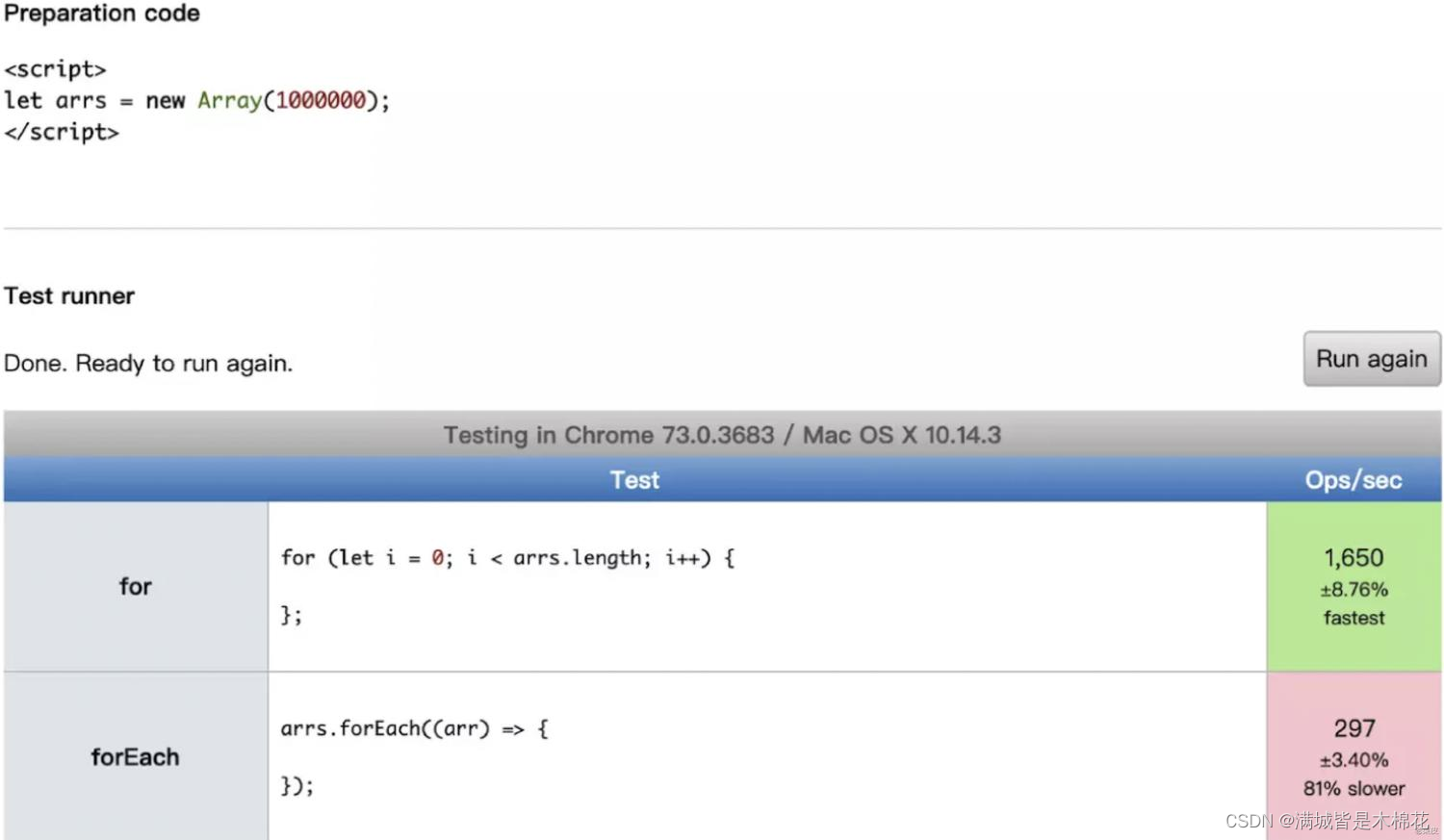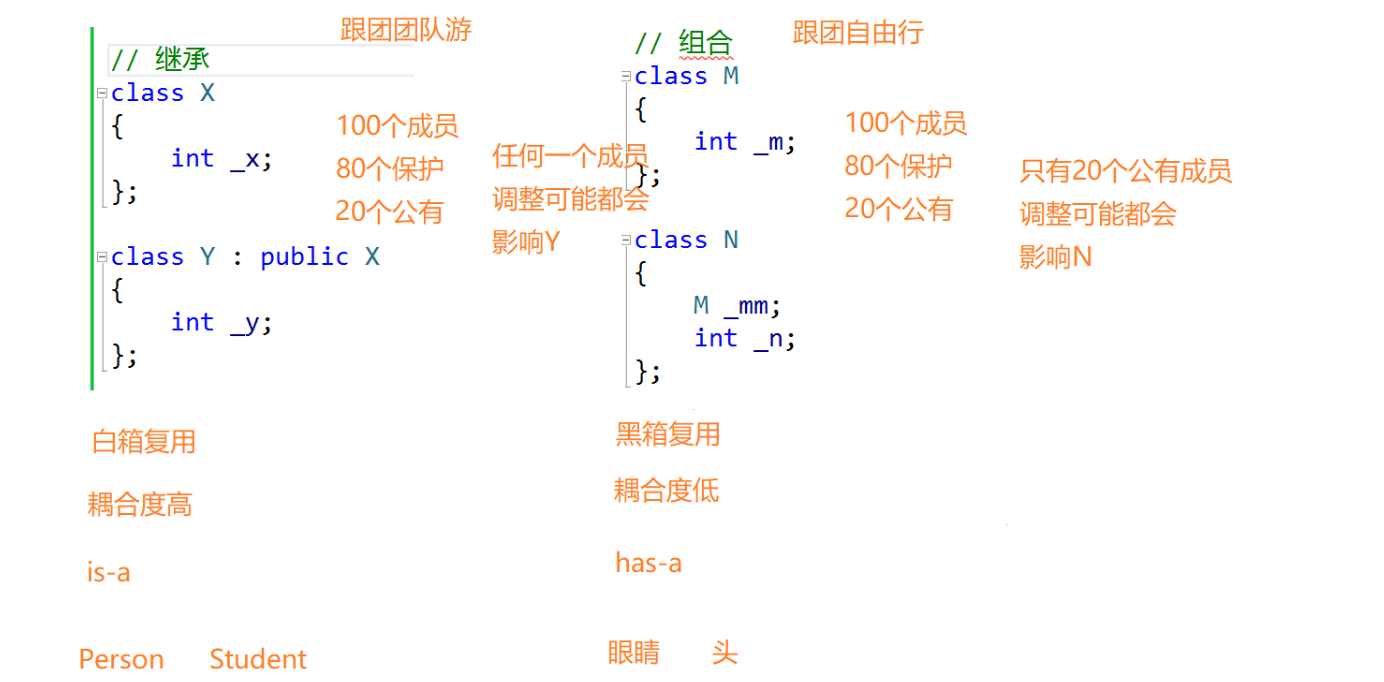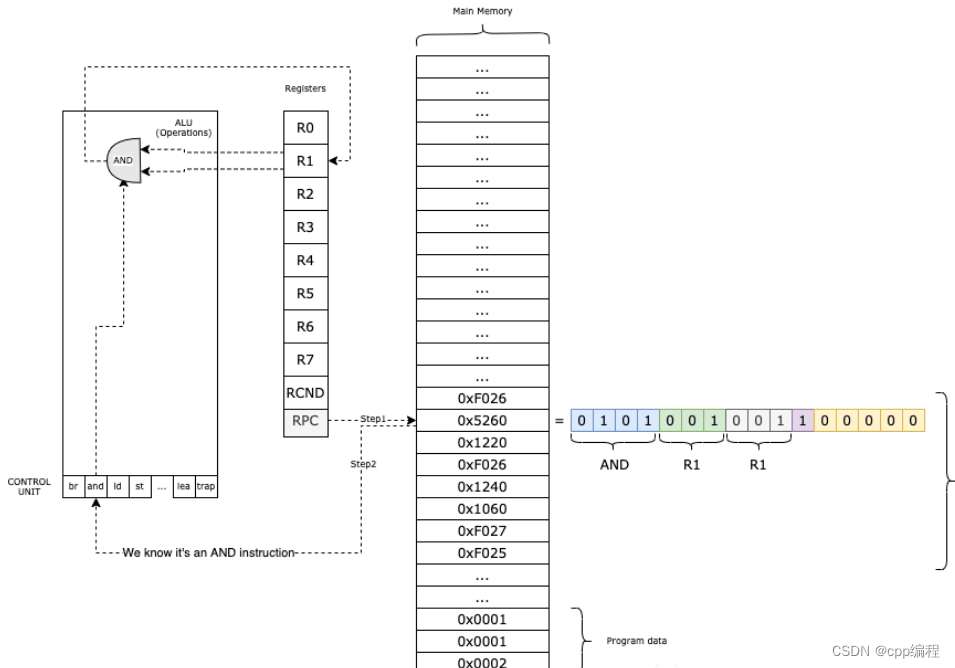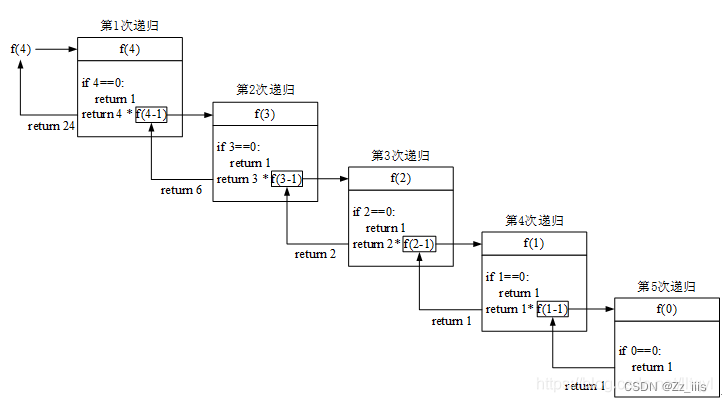结构体需要根据数据类型进行内存对齐。
所有数据类型占据空间的大小,一定是它基础类型的倍数。
首先按照最大的数据类型格式来作为最小分割单元。
最大整数倍
struct stu
{
char gender;
unsigned int age;
}student1;
int main()
{
printf("sizeof this struct is %d。\n", sizeof(student1));
getchar();
return 0;
}
最大的数据类型是int,占据4个字节。然后首先age,占满第一个4字节分割单元。
然后char gender,1个字节,也要占据一个4字节大小的分割字节。不满也是一个分割单元。
所以整体占据8字节。
顺序分配
struct stu
{
char name[20]; // 20
unsigned int age; // 4
char tel[15]; // 15
float scores[3]; // 12
char gender; // 1 // 20 + 4 + 15 + 12 + 1 = 52
}student1;
int main()
{
printf("sizeof this struct is %d。\n", sizeof(student1));
getchar();
return 0;
}

基础内存分割(对齐)单元,根据最大基础类型确认。当前为int,4字节。
- char name[20]为20字节,占满5个单元。20个字节。
- unsigned int age为4字节,占满1个单元。4个字节。
- char tel[15]为15字节,占4个单元,最后一个单元差一个字节占满。看做占用16字节。
- float score[3]为3个4字节的float。占满3个单元。 占用12个字节。
- char gender虽然只占一个字节,但是单独开辟了一个分割单元。因此看做占据4字节
- 20 + 4 + 16 + 12 + 4 = 56字节。
优化内存
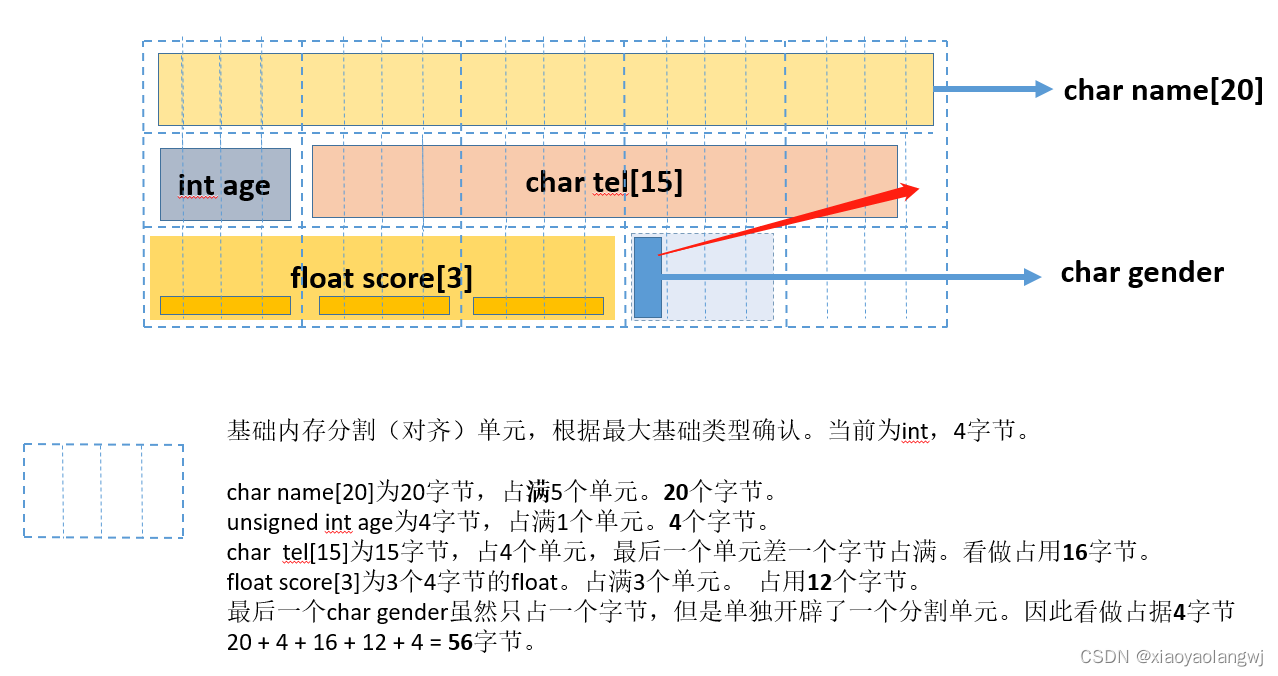
将gender上移一行。快捷键Alt + 向上箭头。
struct stu
{
char name[20]; // 20
unsigned int age; // 4
char tel[15]; // 15
char gender; // 1 // 20 + 4 + 15 + 12 + 1 = 52
float scores[3]; // 12
}student1;此时由56变为52。
所以写结构体的一般建议:按照数据类型,从大到小往下写。
例如:
struct stu
{
char* p; // 4
char arr[2]; // 2
int c; // 4
short d; // 2
double f; // 8
long g; // 4
float h[2]; // 8
}student1;
int main()
{
printf("sizeof this struct is %d。\n", sizeof(student1));
getchar();
return 0;
}
输出为40个字节;
但是我们优化一下;按照从大到小往下写:
struct stu
{
float h[2]; // 8
double f; // 8
char* p; // 4
int c; // 4
long g; // 4
char arr[2]; // 2
short d; // 2
}student1;
int main()
{
printf("sizeof this struct is %d。\n", sizeof(student1));
getchar();
return 0;
}输出32个字节。

但是这样的问题是:可能结构体的顺序不利于大部分场景下的代码阅读。
这也是一种tradeoff。

